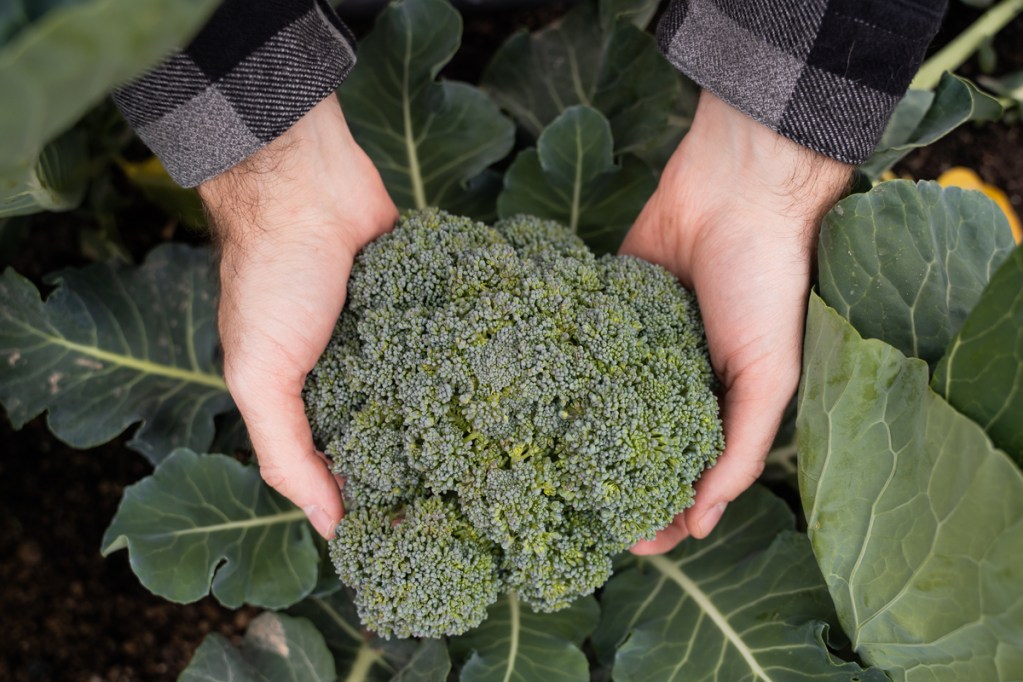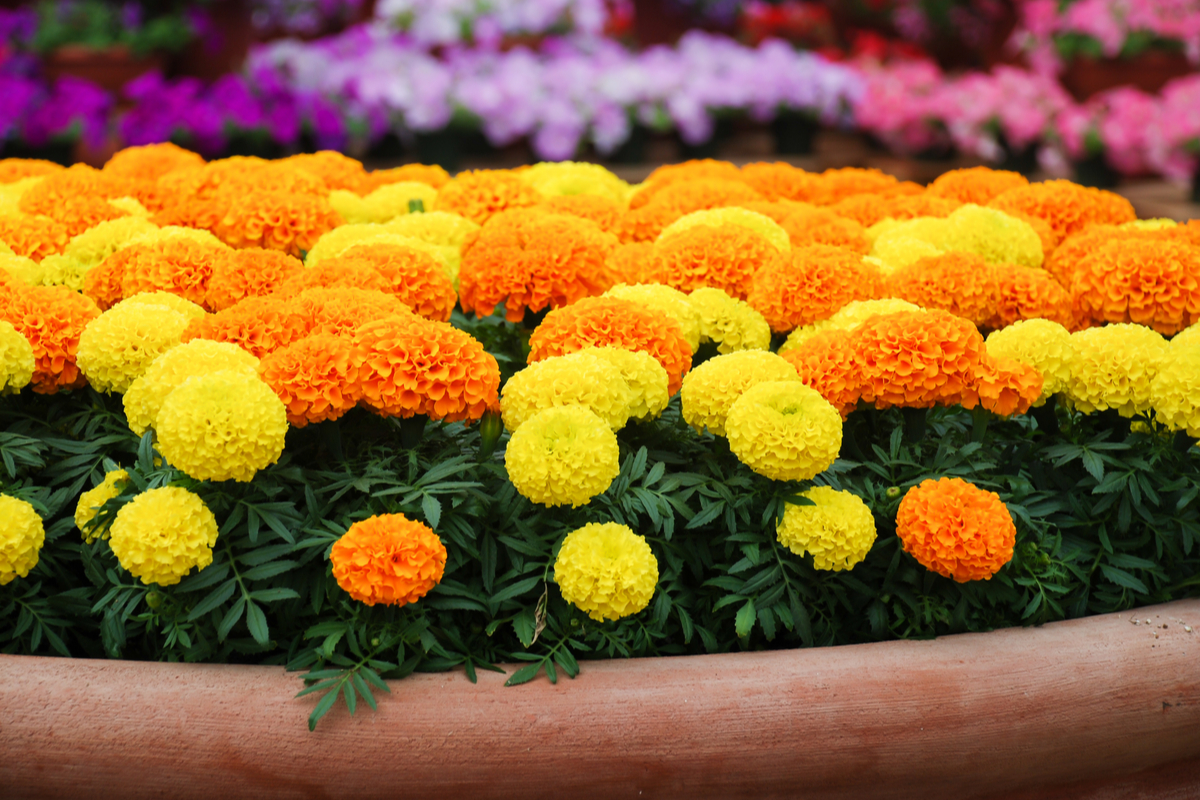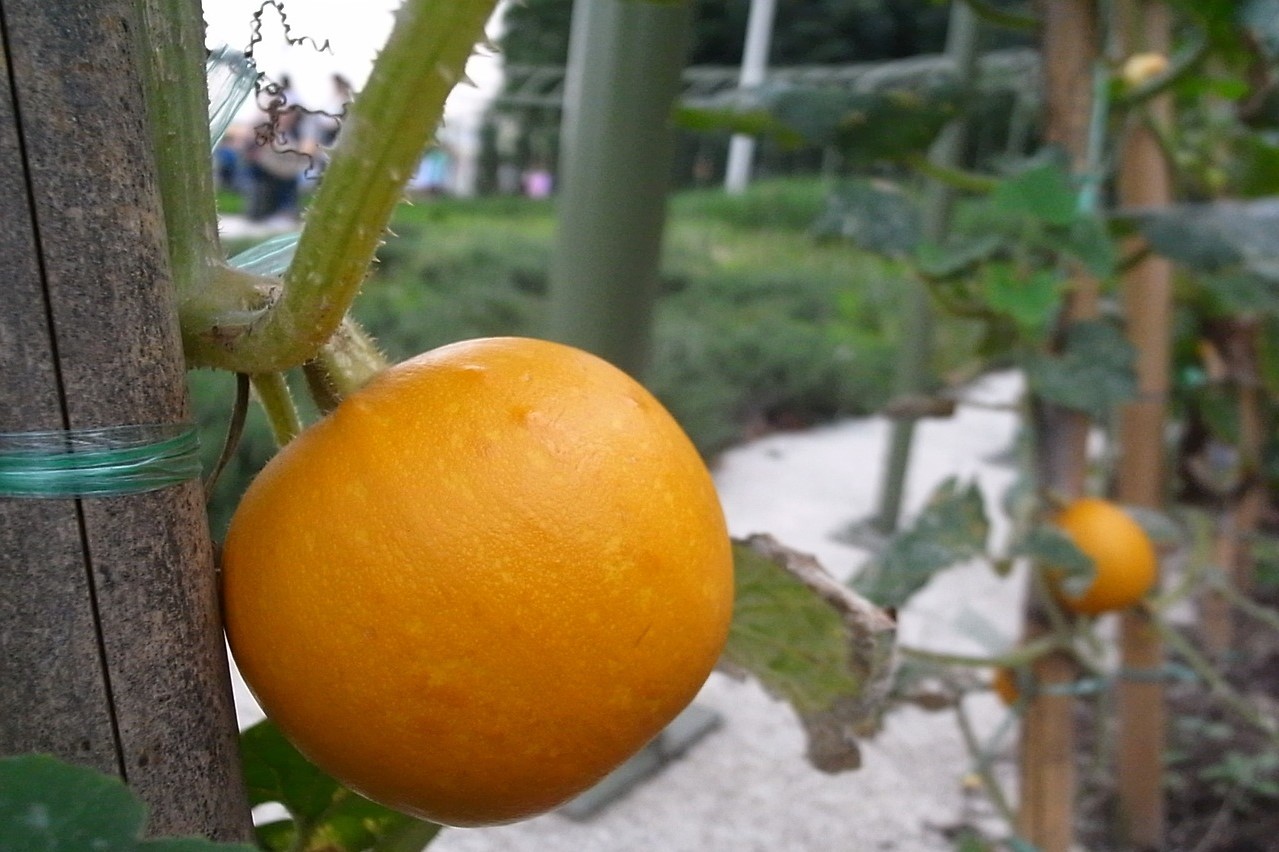
Broccoli is a delicious vegetable that is surprisingly easy to grow. However, unless you’re just a huge fan of broccoli, you’ll likely want to grow a few other plants as well. Unfortunately, brassicas (such as broccoli, cauliflower, and cabbage) aren’t considered great companion plants for many other vegetables, due to how many resources they need to grow. To help you plan your next vegetable garden, here is our list of broccoli companion plants that you should consider — and a few you should avoid.
Beets, carrots, and radishes

Small root vegetables, such as beets, radishes, and carrots. make great broccoli companion plants. They need far fewer resources to grow, which means they won’t be competing with your broccoli plants for nutrients. Additionally, they enjoy the same growing conditions as broccoli. Broccoli is a cool-weather crop that grows best in early spring or mid-fall, as they can bolt quickly in hot weather. Carrots, beets, and radishes are the same way, making them perfect broccoli companion plants. Both broccoli and these small root vegetables can tolerate a frost, and small root vegetables even taste sweeter after a frost because of chill sweetening.
Although they are fairly small, spacing is still important. Since the majority of their growth happens underground, small root vegetables can impact or be impacted by the roots of other plants. Make sure they are a few inches away from the base of other plants.
Celery and onions

Celery and onions don’t just make great additions to a broccoli soup — they’re also good broccoli companion plants in the garden! Broccoli and celery both enjoy the same cool weather, and celery can help repel certain pests that bother broccoli. However, celery and broccoli are both heavy feeders. While they don’t tend to bother each other, keep in mind you may need to fertilize them more often.
Celery doesn’t make a great companion plant for beets, carrots, and radishes, as they can damage the shallow roots of celery, but it has no such problem with onions. Onions have also been said to repel pests of both broccoli and celery, making them a great companion plant for both.
Dill and chamomile

Dill and chamomile are great broccoli companion plants if you want to add herbs to your vegetable garden. Herbs tend to use fewer nutrients than vegetables, so they won’t compete with your broccoli. If you don’t want to fertilize as often or your soils are naturally less rich, then dill and chamomile are good choices.
Chamomile and dill are also attractive to pollinators and other beneficial insects, such as ladybugs. Ladybugs are a great form of natural pest control, since they eat small pest insects like aphids and mites. Dill and chamomile can also withstand the cooler weather that broccoli prefers.
Nasturtium and marigold

If you aren’t a fan of herbs and don’t want to bother with other vegetables, then why not add flowers as your broccoli companion plants? Nasturtium and marigold are great options, especially for a fall vegetable garden. Both are said to repel certain pests and attract beneficial insects.
Nasturtium and marigold are also edible! If you want to add a pop of color to your broccoli stir-fry or salad, the orange and gold petals of nasturtium and marigold are an excellent choice. Just avoid using pesticides and be sure to rinse the petals first, like you would a fruit or vegetable.
Broccoli companion plants to avoid

Plants that are heavy feeders or that take up a lot of space don’t make great broccoli companion plants. Melons and gourds, such as watermelons, pumpkins, cucumbers, and zucchinis, are prime examples of this. Additionally, most gourds and melons prefer warm or even hot weather, making them better suited for a late spring or summer garden than an early spring or fall one. Nightshades, such as tomatoes, potatoes, peppers, and eggplants, also prefer warmer weather and compete with broccoli for space and resources. Asparagus may not compete with your broccoli for space, but it will compete heavily for nutrients.
Most fruit is also a bad fit when it comes to broccoli companion plants. Strawberries, blueberries, pineapples, and of course, any fruit that grows on trees are all poor companions for broccoli. Fruits tend to prefer warmer, sunnier weather and need plenty of nutrients in order to flower and produce fruit.
Broccoli companion plants can be tricky to choose, but hopefully this list makes things easier for you. Although broccoli and other brassicas are heavy feeders that will compete with many other plants, there are also vegetables, herbs, and even flowers that will grow happily alongside them. Just be sure to avoid planting them with larger, warm-weather fruits and vegetables, which are more likely to compete with them.



